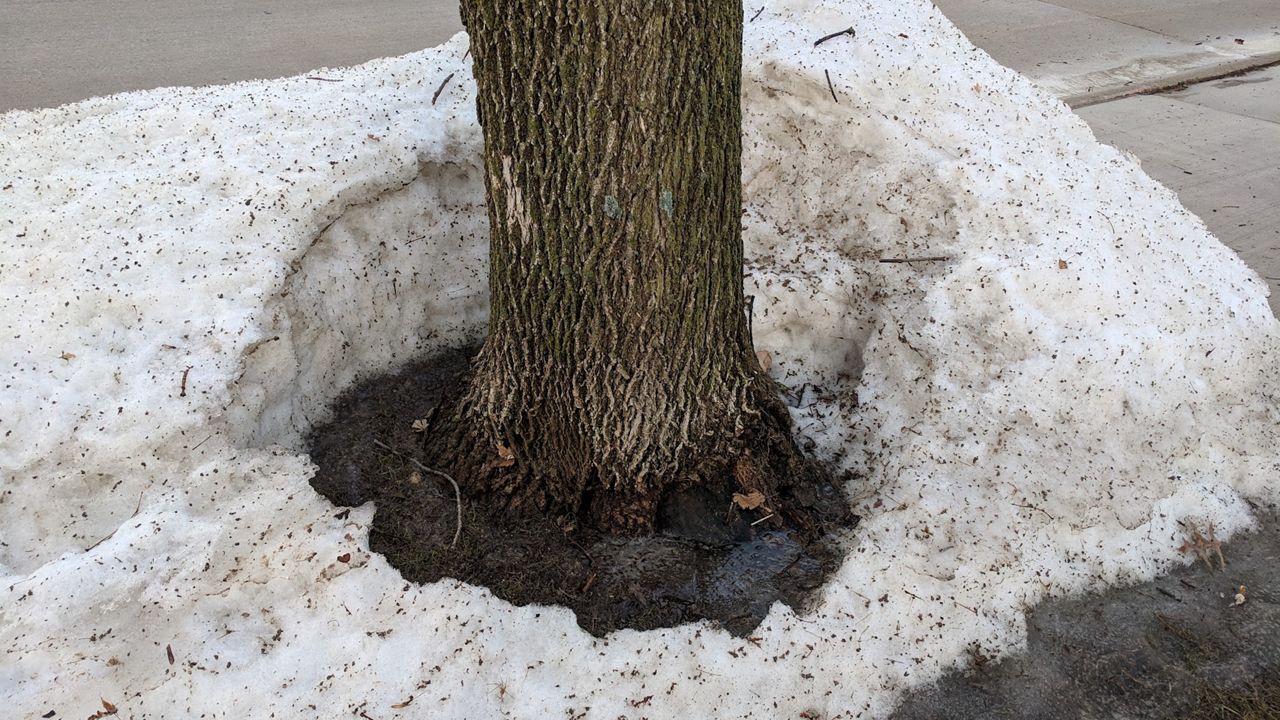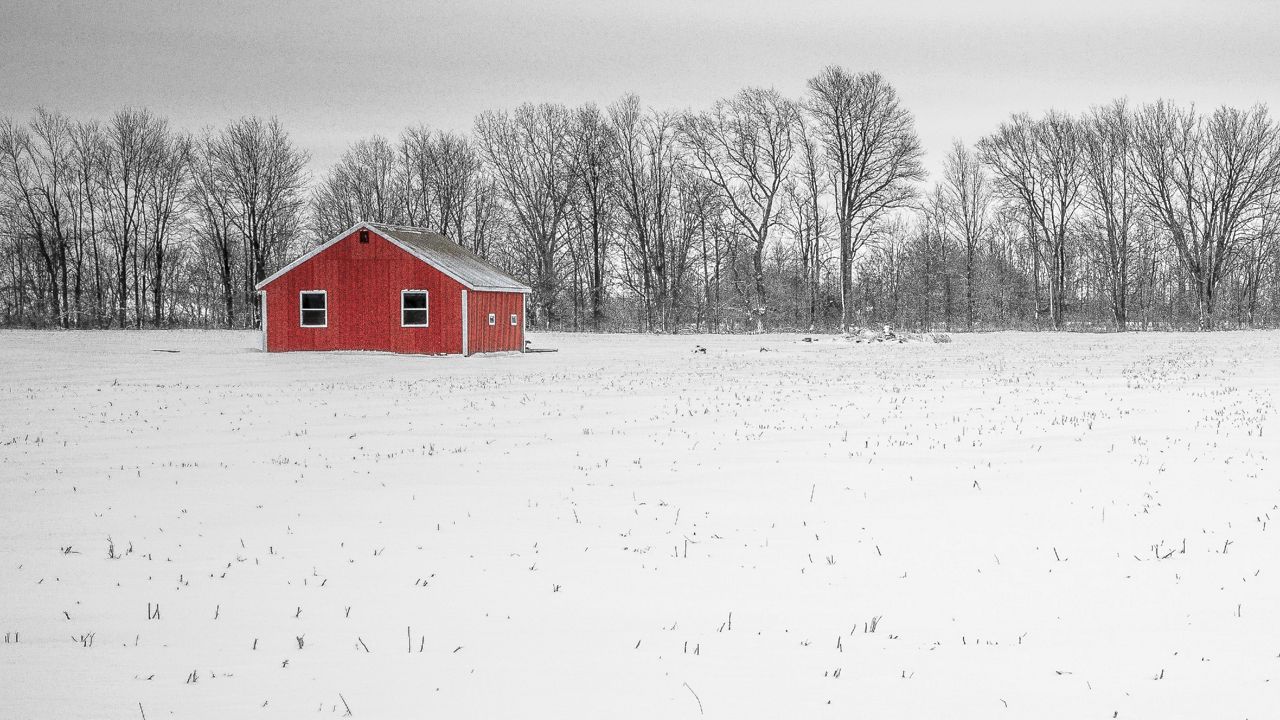On a sunny summer day, you’re probably much more comfortable wearing a light-colored shirt than a dark one. Light colors reflect sunlight, keeping the temperature down. It turns out, snow does the same thing in the winter.
All about albedo
Just like how temperature describes how warm the air is, we have a name for the amount of light a surface reflects: albedo. Its scale runs from 0 to 1.
Surfaces that absorb light have a low albedo that is closer to 0, while surfaces that reflect light have a high albedo closer to 1.
As white as snow
Snow, of course, is very reflective. (If you’ve been out on a sunny day right after a fresh snow, you're very well aware.) New snow has an albedo that runs at 0.7 or above, while snow that’s been around a while dips closer to 0.5.
The air doesn’t warm simply because sunlight shines through it. Instead, surfaces absorb that light, which radiate it into the air, warming it up. But there’s a problem with that in the winter: If snow is reflecting a lot of the sunlight, then there’s not much left to go into warming the air.
Because temperatures need to drop cold enough to allow snow to begin with, a snowpack is good at reinforcing that cold air. On the flip side, bare ground in the winter is still good at warming the air, even with the lower sun angle.
The difference in temperature when there’s bare ground versus snow cover is remarkable. While the details vary from time to time and place to place, this comparison from Madison, Wis. helps tell the story.
Eroding from the edges
Just as snow reinforces cold, melting can reinforce melting. Once a darker surface–pavement or grass, for example–is exposed, it can absorb sunlight and warm the air next to it, melting the adjacent snow. Once that spot is bare, it can continue melting the snow next to it, and so on.
One place to look for this that you may have noticed but never given thought to: the base of a tree. A tree’s bark, especially if it’s dark, will eventually melt the snow right along its trunk.

Melting is a process
One more note: Getting snow to melt is a process because the change of ice to liquid takes a bunch of heat. Even on an above-freezing day, you’d find that the temperature right on the snowpack hovers close to 32 degrees.



